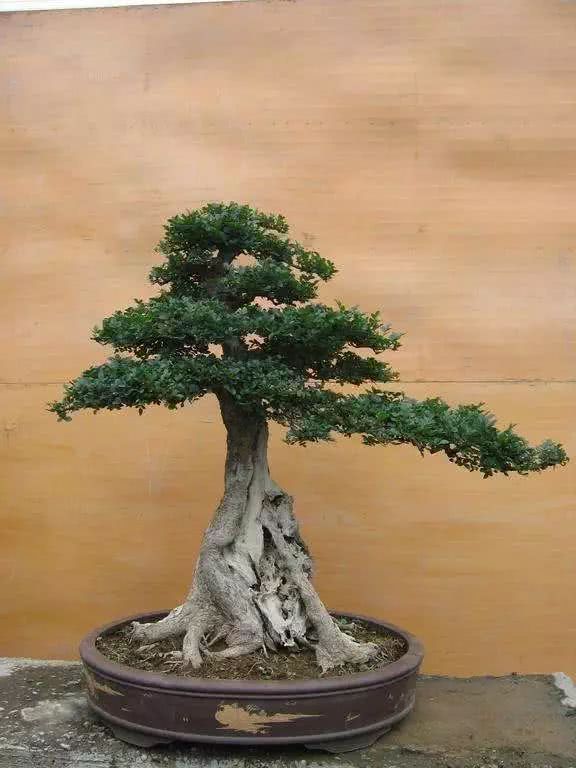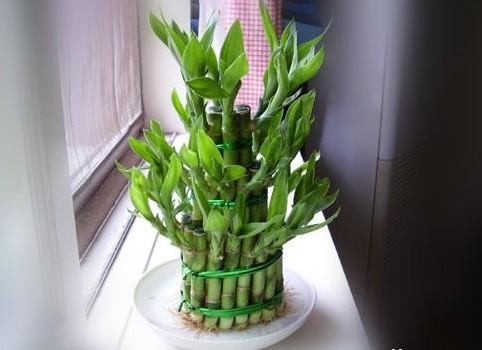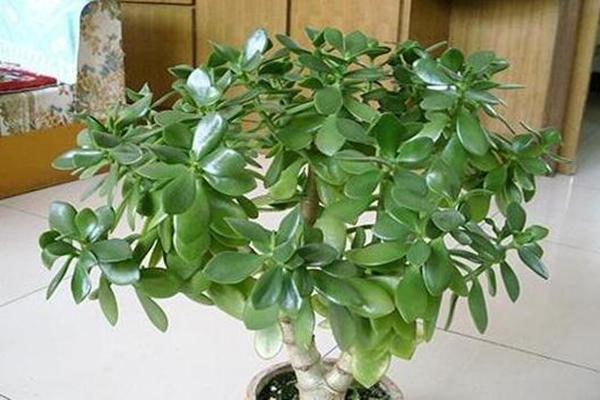Maintenance and Management of White Wax Bonsai

The ash tree has strong germination ability and fast growth. Today, it just provides us with creative space and carrier for bonsai players. I think this is the advantage that distinguishes ash trees from other bonsai species. In the process of playing with ash bonsai, it often happens that a better branch emerges near the formed branch. I did not hesitate to cut off the formed branches and re-cultivate new branches with new shoots. In this way, although it delays the forming time of bonsai and affects the circulation of bonsai, it brings short-term economic losses, but the sense of achievement brought about by the improvement of the taste of works can not be measured by money.
Methods and steps:
First, sprout at the right time.
There are two peak growing seasons for ash trees in spring and autumn every year. In spring, when all things revive, the earth warbler flies and grass grows, and it is also the time when there are the most new buds of white wax. At this time, the new buds growing in unwanted parts should be erased in time. After a brief dormancy in the midsummer season, ash trees usher in a second growth peak in mid-late August every year. Although there are not as many new buds as in spring, they should be erased in time.
Second, dry humidity
? The most important thing for home-raised bonsai is to master the humidity and dryness, which is generally based on the principle of "do not dry, do not water (water), pour thoroughly". The so-called dry, is the basin surface soil will be white, hand twist non-sticky, ash, it shows that the need for watering. It is better to pour water with a volume of 2/5 pots. Generally, there is a certain amount of water above the topsoil of the bonsai to the mouth of the bonsai. It is better to pour it all at once, and it is better to pour it again after the water is not stored. It is about once every three to four days in spring and autumn, once a day in summer, and once a week or more in winter, depending on water evaporation. It is usually better to water at eight or nine o'clock in the morning. In the open bonsai rainy season, we should pay attention to clean up the stagnant water in time to prevent asphyxiation caused by lack of oxygen at the root of the plant.
Third, illuminance
All things grow by the sun. In spring, summer and autumn, bonsai must be placed in a sunny place (except for intermittent shade in order to avoid bright light in midsummer), and bonsai that need to be placed indoors for home furnishings must be placed on the balcony for at least three days for one day, and everything grows on the sun. In spring, summer and autumn, bonsai must be placed in a sunny place (except for intermittent shade in order to avoid bright light in midsummer), and bonsai that need to be placed indoors for home furnishings must be placed on the balcony for at least three days.
Third, ambient temperature
In general, the suitable ambient temperature of bonsai is 20 ℃ to 35 ℃, and the plants below 15 ℃ go into hibernation and stop growing. Freezing injury will occur when the temperature is lower than 5 ℃, and plants in the south can not survive at this ambient temperature. Summer dormancy also occurs in plants with a temperature of more than 35 ℃. The timing of bonsai entering the greenhouse should be grasped. About ten days after Frosts Descent enters the house in autumn, the plant entering the room after one or two slight frosts is conducive to germination and flowering in the coming year. Spring out of the room before and after Grain Rain, leaving the room early will cause spring freezing due to the obvious alternation of cold and warm. Strong adaptability to white wax, low temperature to-20 ℃, high temperature 40 ℃ without adverse reactions and diseases, so do not pay too much attention to the temperature.
Fourth, morphological control.
Generally speaking, what we buy are mature piles, and the big aspects generally do not need to be modified. We should trim the branches and keep the original shape when trimming. But you can also prune according to the shape you want, and the trees are basically harmless to the extent of pruning. The main season for pruning is spring and autumn.
Fifth, basin soil
The growth of bonsai is inseparable from the potted soil, but the potted soil must be nutritious. Bonsai is generally raised with eggshells and bones of chicken and fish, crushed and mixed in the potted soil. The growth of bonsai is not enough. We also need to change the basin soil regularly, usually once every two or three years.
Sixth, diseases and insect pests
Pests are generally invisible to the naked eye, the branches and leaves of the disease have obvious beetles, a small number of them can be scraped off manually, if more can be sprayed with wind oil essence and water. Aphids, mites, then you need pesticides.
Like a little bit of follow, and forward
- Prev

As soon as the rich bamboo of Uncle Zhang's family soared 2 meters high, all the neighbors came to see that this trick was used.
The plant of Fugui bamboo is slender and branched at the erect upper part. The rhizome is transverse and nodular; the stem is stout, erect and exquisite. Leaves alternate or subopposite, leaves long lanceolate, with obvious main veins, leaves dark green. For home bottles or pots.
- Next

These lazy plants are not only fresh and elegant, but also difficult to feed them to death.
Many flower lovers have the habit of visiting the flower market. When they see the colorful flowers and plants, they can't help but want to move back home. When they buy them back, they don't take good care of them, so that they will soon be gone.
Related
- Wuhan Hospital Iron Tree Blooming Result Was Instantly Frightened by the Gardener Master
- Which variety of camellia is the most fragrant and best? Which one do you like best?
- What is the small blue coat, the breeding methods and matters needing attention of the succulent plant
- Dormancy time and maintenance management of succulent plants during dormancy
- Minas succulent how to raise, Minas succulent plant pictures
- What are the varieties of winter succulent plants
- How to raise succulent plants in twelve rolls? let's take a look at some experience of breeding twelve rolls.
- Attention should be paid to water control for succulent plants during dormant period (winter and summer)
- Watering experience of twelve rolls of succulent plants
- Techniques for fertilizing succulent plants. An article will let you know how to fertilize succulent plants.

